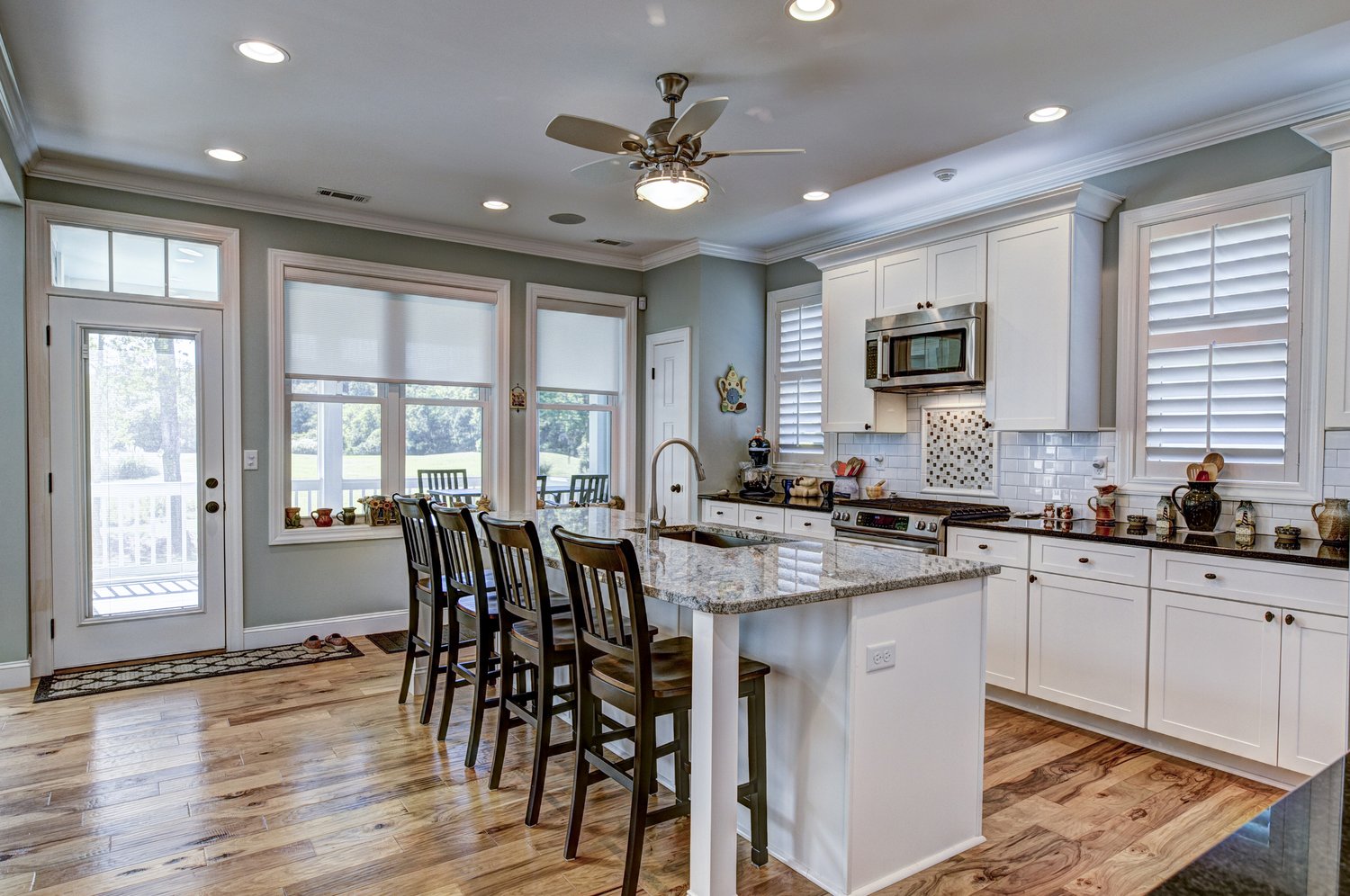You’ve selected the perfect flooring for your home renovation project, and you’re eager to see it installed. However, there’s a critical step that many homeowners overlook: allowing your new flooring materials to acclimatize to your home’s environment before installation. This process, while requiring patience, is essential for preventing a host of potential problems down the road. In this article, we’ll explore why acclimatization matters, how to properly acclimatize different flooring types, and the problems you can avoid by taking this simple yet crucial step.
Understanding Acclimatization
Acclimatization is the process of allowing your flooring materials to adjust to the temperature and humidity levels of your home before installation. Materials like wood, laminate, vinyl, and even some carpets are sensitive to environmental conditions and will expand or contract based on temperature and moisture levels. When you bring new floor materials from a warehouse or store into your home, they need time to reach equilibrium with your specific indoor environment.
This adjustment period is particularly important for natural materials like hardwood. Wood floor acclimatization is critical because wood is hygroscopic, meaning it naturally absorbs and releases moisture depending on environmental conditions. If hardwood planks are installed without proper acclimatization, they may expand or contract significantly after installation, leading to buckling, warping, or gaps between boards.
The Risks of Skipping Acclimatization
Failing to properly acclimatize your flooring before installation can lead to several serious and costly problems. In hardwood floors, insufficient acclimatization can cause cupping (when the edges of boards are higher than their centers) or crowning (when centers rise higher than edges). Laminate flooring might develop unsightly gaps between panels or, conversely, buckle where expansion space wasn’t properly allowed for.
Even luxury vinyl tile (LVT) and vinyl plank flooring, which are less susceptible to moisture issues than wood, can experience dimensional changes that affect installation. Proper new floor installation prep, including acclimatization, helps prevent these flooring problems and ensures your investment looks beautiful for years to come. As flooring experts at AskHomey frequently remind homeowners, the time invested in proper acclimatization pays dividends in the longevity and appearance of your floors.
How to Properly Acclimatize Different Flooring Types
Acclimatizing flooring isn’t complicated, but it does require planning ahead and following manufacturer guidelines. For hardwood flooring, the general recommendation is to allow the materials to rest in your home for a minimum of 3-5 days before installation. During this period, maintain your home’s temperature and humidity at normal living conditions—typically between 60-80°F with relative humidity between 30-50%.
For engineered hardwood, the acclimatization period may be shorter, usually 1-3 days. Laminate flooring generally requires 48-72 hours to acclimatize. Luxury vinyl products might need less time, but most manufacturers still recommend 24-48 hours of adjustment time before installation begins.
When acclimatizing your flooring, don’t stack boxes directly on concrete floors or against exterior walls. Instead, cross-stack them in the center of the room where they’ll be installed, with space between stacks to allow air circulation. Leave the flooring in its original packaging, but cut the ends open to allow air to flow through without exposing the material completely.
Seasonal Considerations for Flooring Acclimatization
The time of year you install your flooring can significantly impact the acclimatization process. During humid summer months, wood flooring may absorb more moisture and expand. Conversely, in dry winter months when heating systems are running, wood can contract as it loses moisture.
These seasonal variations make it even more important to allow adequate acclimatization time and to maintain consistent indoor conditions during the process. If you’re installing flooring during extreme weather conditions, you might need to extend the acclimatization period to ensure proper adjustment. Some professionals recommend installing wood flooring during spring or fall when outdoor humidity levels are more moderate.
Setting Yourself Up for Installation Success
Beyond proper acclimatization, there are a few additional steps you can take during your new floor installation prep to ensure success. First, ensure your subfloor is clean, dry, and level before bringing in new materials. Any moisture issues should be resolved before acclimatization begins. Use a moisture meter to verify that both your subfloor and flooring materials have reached appropriate moisture content levels before installation.
Additionally, run your home’s HVAC system at normal living conditions during the entire acclimatization period. Avoid introducing extreme temperature or humidity changes during this time. Once your flooring is acclimatized and installed, try to maintain consistent indoor environmental conditions to minimize seasonal expansion and contraction.
Conclusion
While it may be tempting to rush straight to installation when your beautiful new flooring arrives, the acclimatization period is an investment in the long-term performance of your floors. By allowing your materials to adjust to your home’s unique environment, you’re preventing potential warping, gapping, buckling, and other flooring problems that could compromise both appearance and functionality. Remember that different flooring types have different acclimatization requirements, so always follow manufacturer guidelines for the specific product you’ve chosen.
For more tips and to connect with reliable home service professionals, follow AskHomey on Facebook and Instagram.



